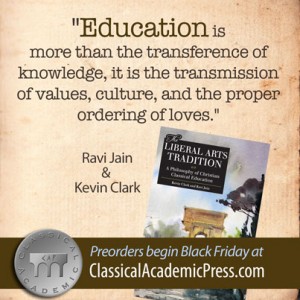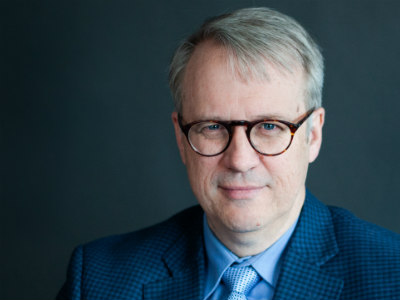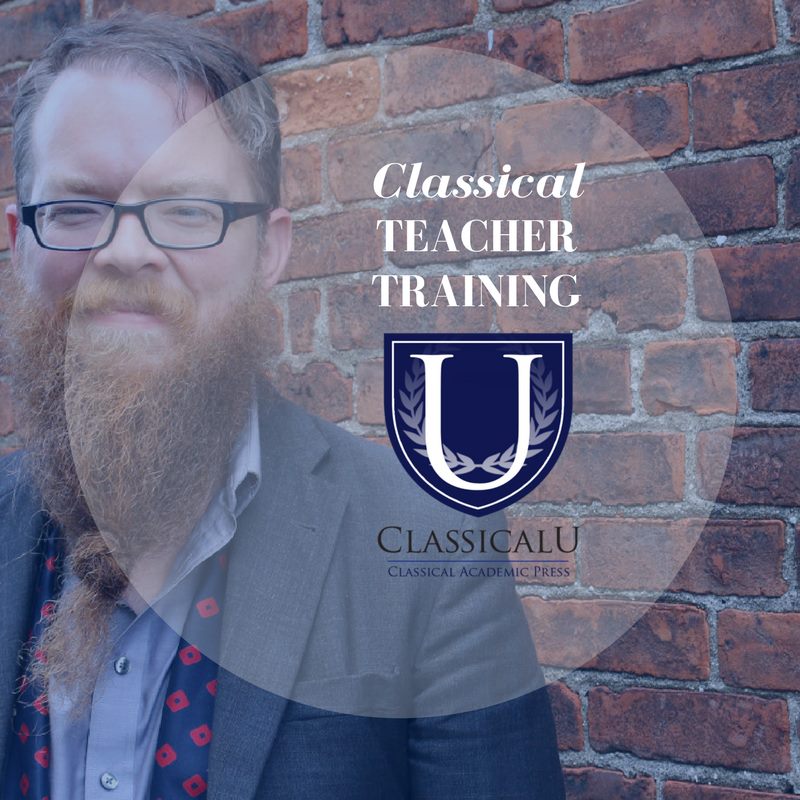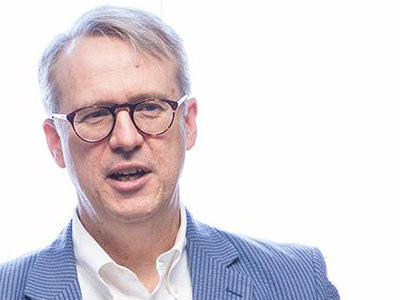I am glad to be a part of a strong new book on classical education to be released this December. Kevin Clark and Ravi Jain have been working on a pithy book on the philosophy of Christian classical education for over five years, and taken the book through some eight versions, as they have sought critical feedback from professors, scholars and teachers. The result is a short book of about 200 pages that is remarkably clear, historically accurate and philosophically intelligent. As a general introduction to classical education, I think it is the ideal “201” book that will take readers to the next the level of understanding after reading books like Recovering the Lost Tools of Learning (Doug Wilson), Wisdom and Eloquence (Evans and Littlejohn), The Well-Trained Mind (Bauer and Wise), and The Core (Bortins). The name of the book is The Liberal Arts Tradition: A Philosophy of Christian Classical Education, to be published by Classical Academic Press this December.
Dr. Peter Kreeft wrote the foreward for this new volume (a meaningful endorsement) and I am lucky enough to write the “Publisher’s Note.” Here is my note below, posted with the hope that it may further whet your appetite for this excellent book.
Seeking to recover a lost art or craft is a difficult endeavor. There are few, if any, who are masters of the craft or art and who can teach the necessary skills to those coming behind. Those of us who have been trying to recover the art of classical education have been in that awkward position of trying to craft a curriculum and pedagogy without training and only a few tools. We have tried to give what we were not given ourselves. We are trying to reconstruct a bridge without having studied bridge building.
The good news is that the recovery has been underway for about thirty years now, and some good books have been written and many great old books found and read. Beyond that, there have been many who have been building bridges—actually implementing a recovered classical Christian education in our schools/homeschools and slowly learning the art, often through a good deal of trial and error. We are slowly finding our footing, finding ourselves walking more confidently on the old paths and finding the old way very much suited to our own new times. The bridge may not be beautiful, but it’s now functional and people are crossing over. Slowly the bridge is getting wider and stronger and gradually more attractive to the eye.
Kevin Clark and Ravi Jain are two educator-philosophers who have been reading the old and new books and implementing their ideas at the Geneva School in Winter Park, Florida, for some ten years—building the bridge. What’s more, they have discussed their ideas with peers and critics over this span, inviting leading educators and professors from around the country to engage and critique their ideas. In this crucible of give and take, their ideas have evolved and clarified and have resulted in this pithy, clear, and profound book, setting the model of Christian classical education before us in bright light. To those who have read Douglas Wilson’s Recovering the Lost Tools of Learning or Evans and Littlejohn’s Wisdom and Eloquence, this book will prove to be the illuminating third book that helps complete the bridge linking us back to the classical tradition of education.
I have noted that this book is pithy and clear. It is. Clark and Jain took this manuscript through some eight editions, refining the text more each time, knowing that the discussion of classical education is often confusing on many levels. In at least two ways Clark and Jain bring clarity where it has often been lacking. First, they clarify the confusing taxonomy of the classical curriculum (scope and sequence) and they define terms. They accomplish this with a historical survey of the classical curriculum as well as a contemporary survey of its application and terminology. Too often we find an unstable blend of modern terminology and traditional classical categories. Generally there is talk of the Trivium and Quadrivium—blended with many other kinds of terminology and classification. We are not sure what is specified by “art,” “science,” “humanities,” “grammar,” or “natural philosophy,” because these various words are used in different ways and already have a wide or uncertain semantic range. Clark and Jain bring much-needed clarity to this discussion.
The second way in which Clark and Jain bring clarity is by showing us the entire context of the classical curriculum—a context that is larger than the seven liberal arts of the Trivium and Quadrivium. In fact, for the first time (for many) they show us explicitly how singing, worship, poetry, recess, stories, drama, and field days are in fact an integral part of a classical education. They show us how history, literature, philosophy, and theology (not liberal arts) are critical to the tradition. They summarize that context for the integrated, holistic, and humanizing curriculum as PGMAPT: piety, gymnastic, music, arts (the liberal arts), philosophy, and theology. In my thinking, PGMAPT has already become the mental overlay I use for reflecting on the general endeavor of classical education—it is the best big picture I have seen.
This model proves to be very helpful to elementary school educators (especially in grades K-2) who do not teach Latin, logic, or rhetoric and who often ask “How do I teach classically?” Well, a Kindergarten teacher is indeed a profoundly classical teacher who helps establish young souls in piety, gymnastic, and music—priming and cultivating the affections, loves, wills, and bodies of children at a time when they are docile, receptive, and eager. It is these teachers of the young who make the first deep and lasting impression on the souls of children—tuning their hearts and training their bodies, engaging them in a holistic and essentially “musical” education, and educating them in wonder that teaches “passions more than skills and content.” It turns out that the classical primary teachers are the exalted “wonder-workers” of the school. In this respect, the primary teachers lead the entire endeavor, as “wonder” is a condition for all future study.
This model is also helpful to upper school educators who teach literature, history, theology, and philosophy. Training in the liberal arts while humanizing “goods” in themselves nonetheless prepares students for the formal study of philosophy and theology. There is a kind of biblical study that is present even in kindergarten, but the formal study of theology requires the training of the liberal arts to be done with mastery. Thus Clark and Jain say that classical education is “grounded in piety and governed by theology,” which is to say that biblical truth is both the beginning and the end (the arche and the telos) of Christian classical education. This recovered full model of classical education (PGMAPT) gives the twelfth-grade theological educator his rightful place. Though the formal study of theology comes last in the sequence, she nonetheless is the governess guiding the entire educational enterprise, giving coherence and unity throughout—the “queen” of the arts.
If recovering classical education is like recovering a lost art, it might also be like trying to remember a hazy dream. In the reading of dozens of books on classical education, I often experience the exercise in a kind of dream state. I find myself catching glimpses of things that I know are part of a great whole, as if I once knew that whole but can’t quite remember it. When another book restores some part of that whole, I put that part into place with a flash of recognition—as it fits into place I recognize that I once knew it. Who will restore to me the whole? How can I remember what I once knew? Well, Clark and Jain have helped stir these collective memories, telling us who we once were, restoring our narrative, restoring our rightful inheritance. How do they do this? Over ten years they have somehow succeeded in remembering who we all once were and they can now tell the story that awakens us. PGMAPT is that story, and I think you will immediately recognize it as your story, as the education for which you have yearned and want to give to your children.
—Christopher A. Perrin, PhD, Publisher, Classical Academic Press











Hello, Mr. Christopher Perrin
My name is Géssica, I am a brazilian homeschooler mother.
Reading about “Classical Education” and “Liberal Arts” I notice that many authors mix the concepts of “Dialectics” and “Logic” and, in some cases, they go so far as using these words as synonyms. I know that, philosophically, these words have extremely different meanings but, within the context of the Trivium, what is the difference between them? More precisely, what is exactly the theoretical, conceptual and practical scope designated by each word in the context of Liberal Arts in the Middle Ages? Is there a precise boundary or there are superpositions ou juxtapositions we should consider?
Thank you in advance for your attention and any help you could provide.
Best wishes,
Géssica.